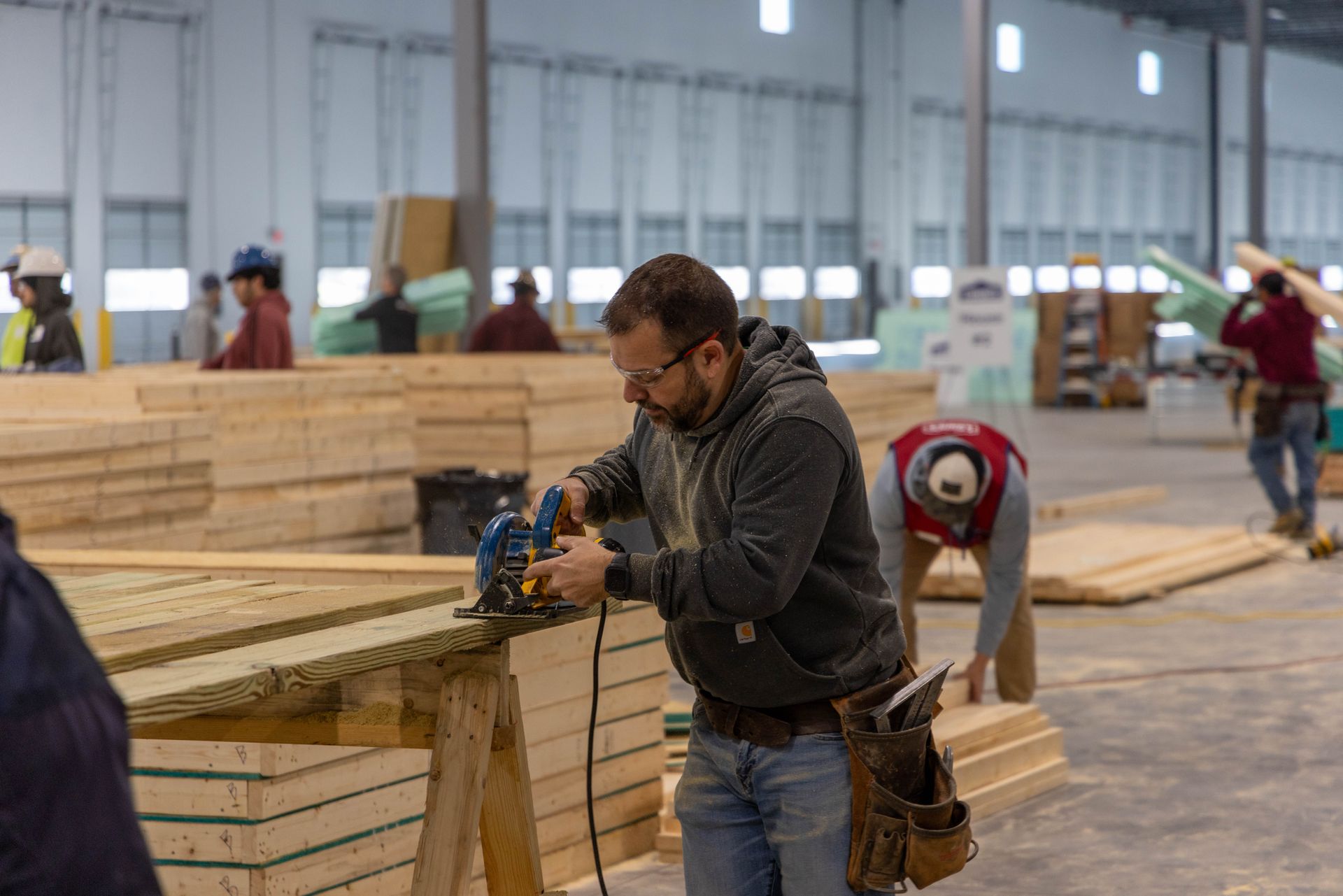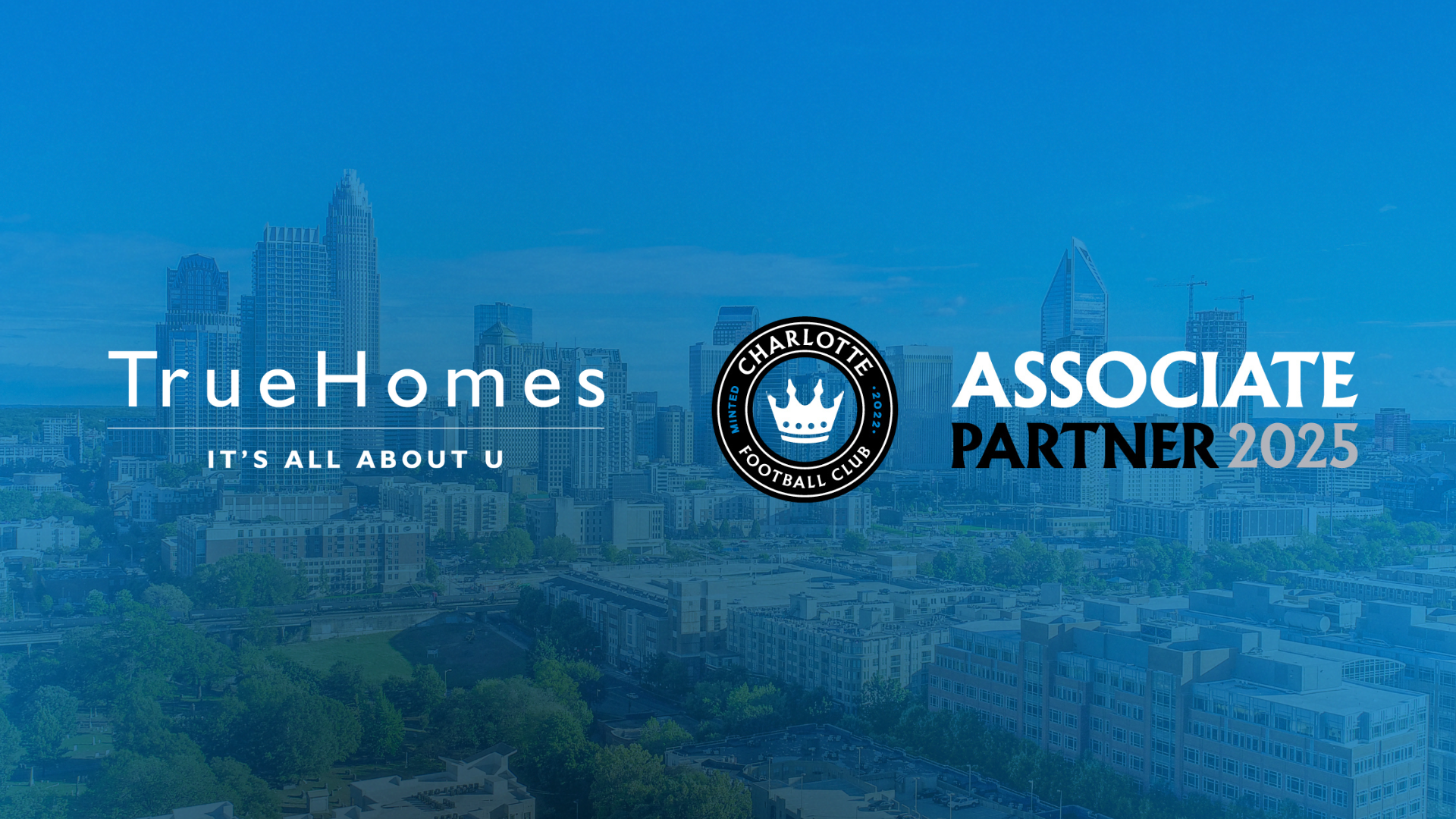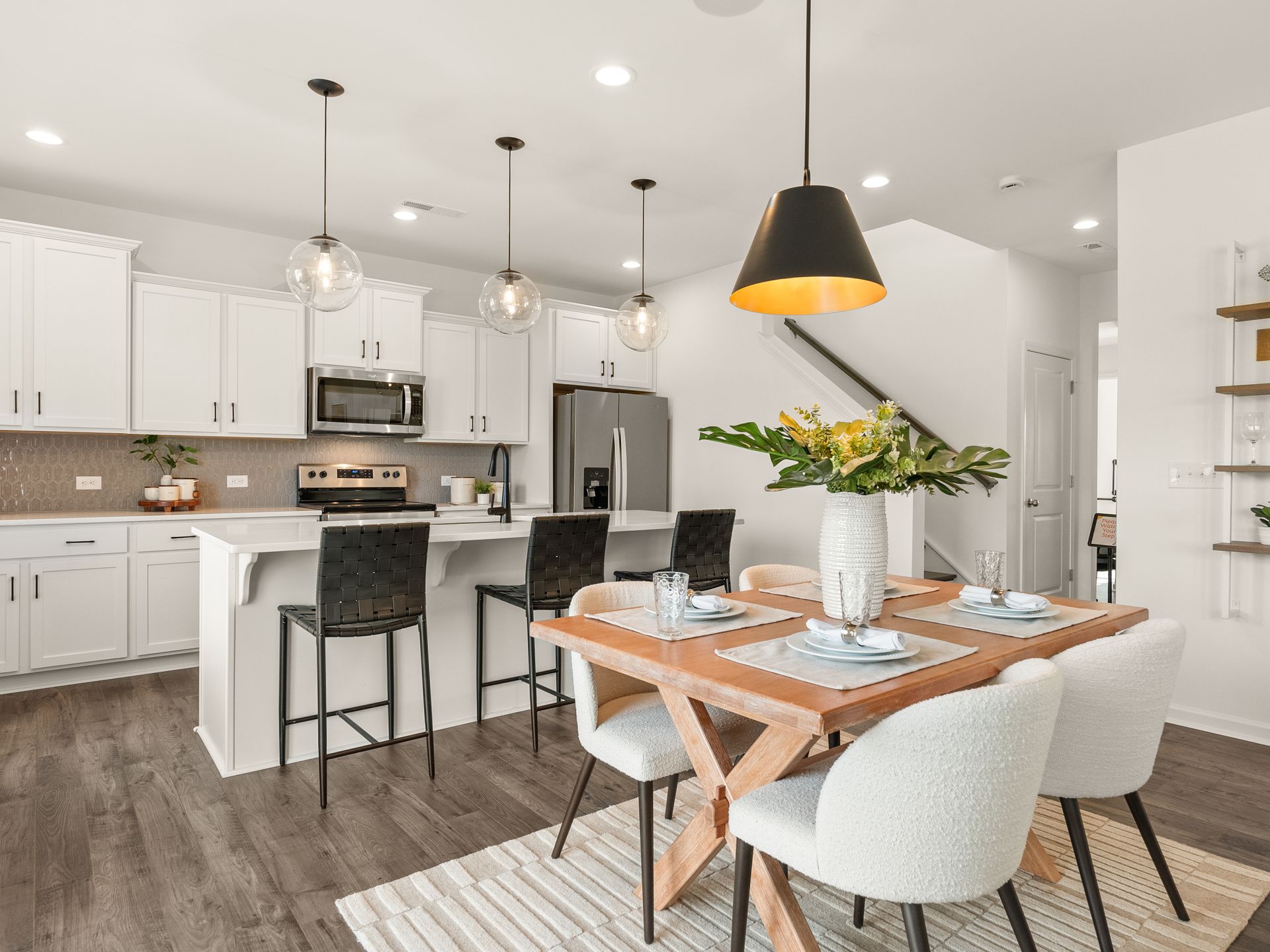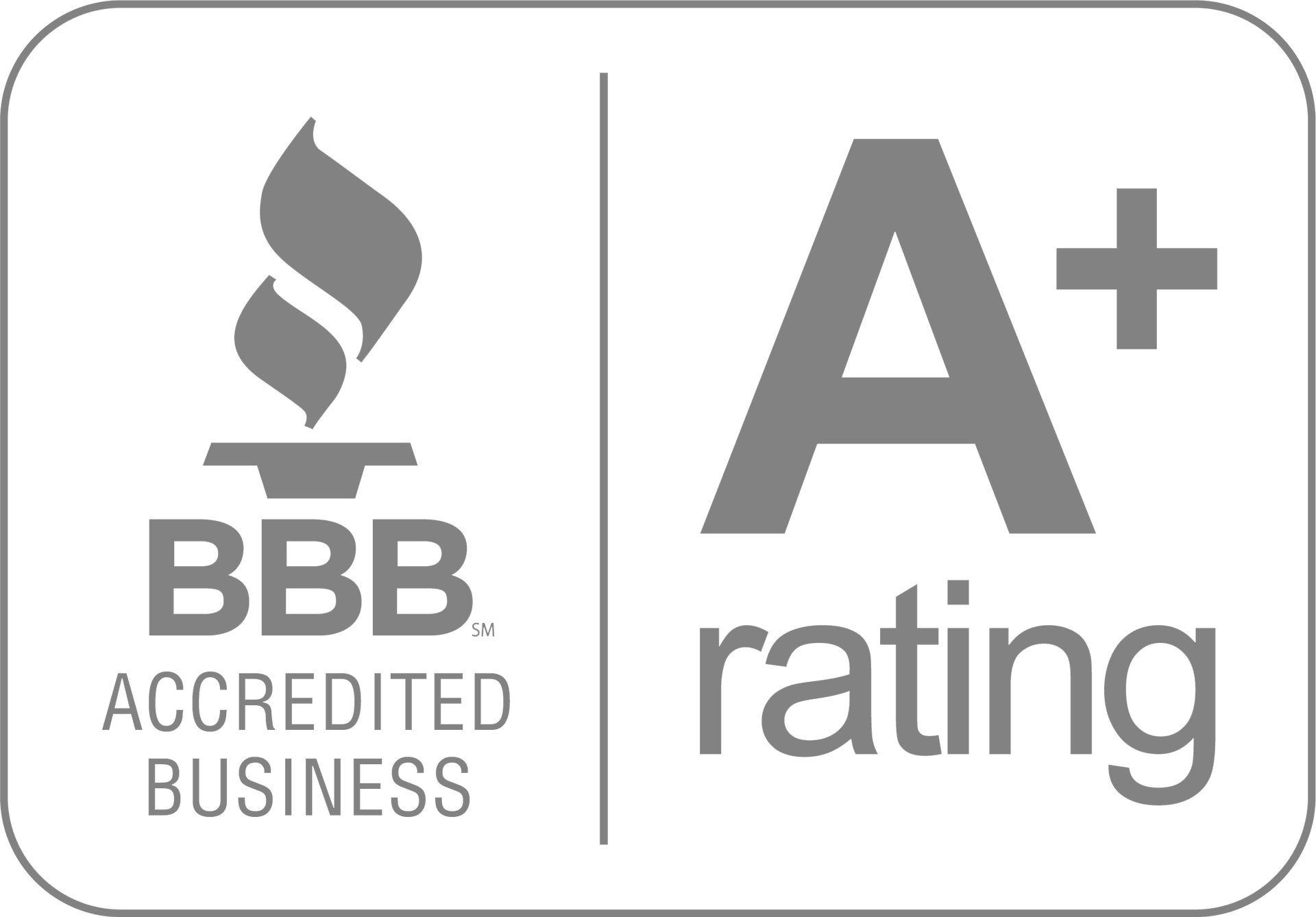Home Trends in New Home Construction for 2025
The landscape of home construction is ever evolving, shaped by the shifting needs and desires of modern homeowners. In 2025, new trends are redefining how we live, blending innovation, sustainability, and personalization to create homes that are more than just shelters—they are spaces where life happens, memories are made, and connections flourish.
This article delves into the latest trends in new home construction, exploring modern home styles, custom designs, and technological innovations that are transforming the industry. Whether you're a prospective homebuyer, an industry professional, or a design enthusiast, these insights will help you navigate the exciting future of homebuilding.
Join us as we discover how these trends reflect the changing lifestyle preferences of homeowners and embody collective aspirations for sustainability, comfort, and aesthetic appeal.
The Evolution of Modern Home Styles
Modern home styles continue to evolve alongside culture, technology, and shifting societal values. In 2025, these styles are influenced by minimalist aesthetics, sustainable materials, and a desire for spaces that promote well-being and functionality.
Open Concept Homes: Where
Simplicity Meets Functionality
Homeowners today are drawn to simplicity without sacrificing function. Uncluttered spaces, clean lines, and neutral palettes dominate, creating serene environments that feel both open and inviting. Large windows flood rooms with natural light, seamlessly blending indoor and outdoor living for a fresh, airy feel.
This simplicity extends to the overall home layout, with open floor plans that foster connection between family members and promote a more casual, relaxed lifestyle. The emphasis is on purposeful spaces—each room has a clear function while maintaining flexibility for future changes. Built-in storage solutions, hidden cabinets, and multifunctional furniture help maintain a clean, organized look without sacrificing comfort.
Kitchens are designed with sleek, handle-free cabinetry, large islands for entertaining, and integrated appliances for a seamless aesthetic. Living rooms flow effortlessly into dining areas, creating versatile spaces perfect for gatherings or quiet evenings at home.
Read more: True Personalization
Bold Accents and Unique Materials
While minimalism sets the foundation, bold accent walls, textured finishes, and innovative materials add character. From reclaimed wood beams to industrial metals and polished concrete floors, these elements personalize spaces, making homes feel unique and reflective of the people who live in them.
Color palettes are often neutral, but strategic pops of bold color—such as deep blues, emerald greens, or warm terracotta—add depth and personality. Natural materials like stone, wood, and metal are not just decorative but also chosen for their sustainability and durability, contributing to both aesthetic and environmental goals.
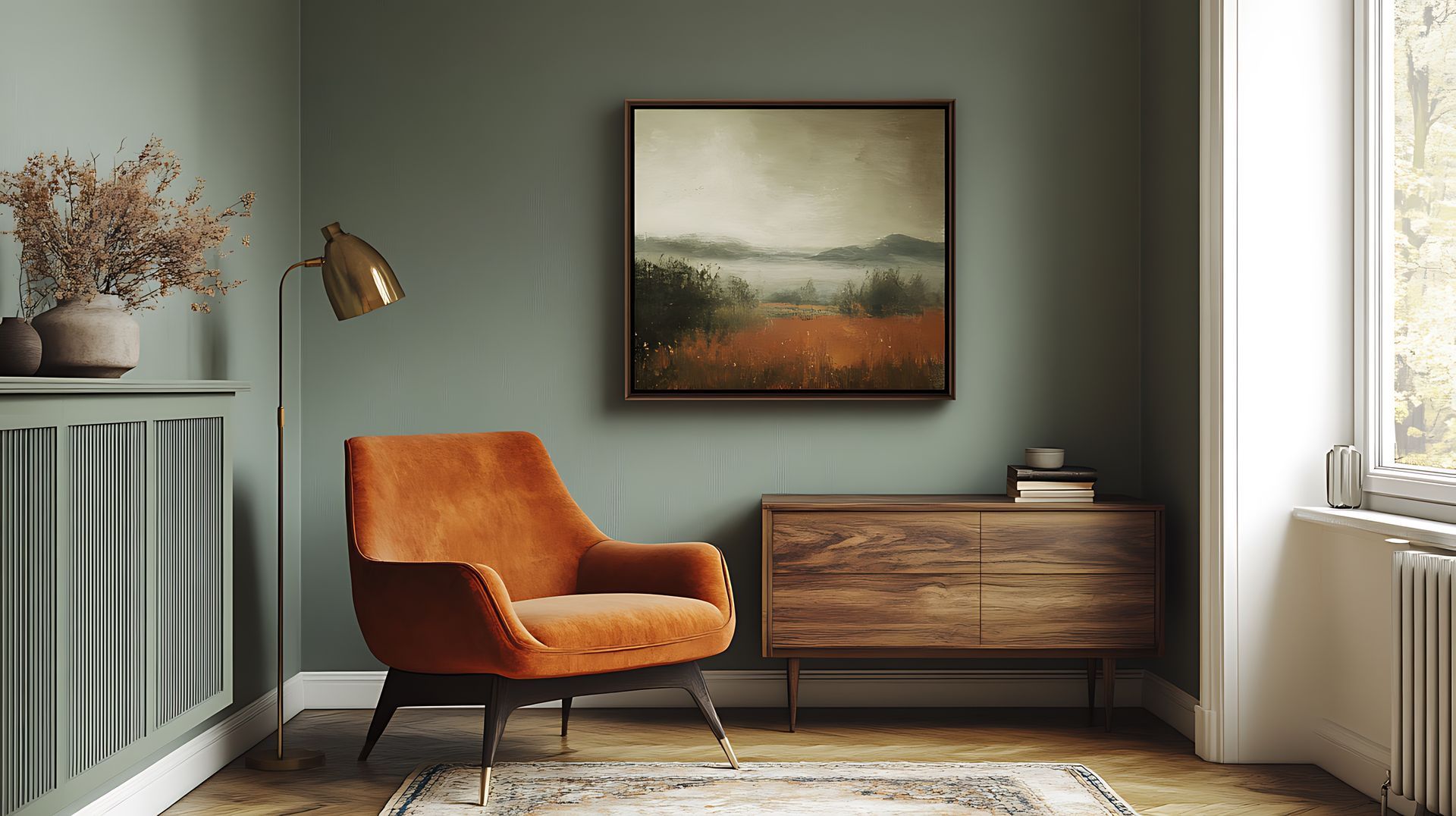
Custom Home Designs: Tailoring to Individual Preferences
Gone are the days of cookie-cutter homes. In 2025, custom home designs are at the forefront, catering to homeowners who seek spaces that reflect their lifestyles, values, and aspirations. Modern families need flexible layouts that adapt to life’s changes—whether it’s an open-concept kitchen for entertaining, a dedicated home office, or multi-purpose rooms that grow with the family. This level of personalization ensures every detail, from floor plans to fixtures, aligns with the homeowner’s vision.
Homebuyers Have More Say in Building Their Home
Today’s buyers play an active role in the design process, collaborating with architects and builders to create homes that are both functional and future-ready. Homeowners can customize everything from layouts and exterior styles to interior finishes like cabinetry, flooring, and lighting, resulting in homes tailored to their long-term goals.
Home Personalization Is at the Forefront
Personalization goes beyond aesthetics—it’s about creating adaptable spaces.
Multifunctional rooms, hidden storage, and versatile layouts allow homes to evolve with changing needs. Handcrafted details, custom finishes, and unique materials add warmth and character, turning houses into homes. At True Homes, we specialize in semi-custom designs that empower buyers to craft homes as unique as they are, blending thoughtful design with lasting functionality.
Sustainable Living and Energy Efficiency: Building for a Greener Future
Sustainability isn’t just a buzzword—it’s a necessity. In 2025, eco-friendly construction practices and energy-efficient designs are shaping the future of homebuilding, driven by environmental concerns and a desire for healthier living spaces.
Eco-Friendly
New Home
Construction: A Holistic Approach
Sustainable construction focuses on:
- Reducing Waste: Efficient building methods minimize waste through precision planning, modular construction, and the use of recycled materials. Some builders are even adopting zero-waste construction practices.
- Local Sourcing: Using locally sourced materials reduces transportation emissions and supports regional economies, promoting sustainability at both global and community levels.
- Green Certifications: Standards like LEED and ENERGY STAR ensure homes meet rigorous environmental benchmarks, improving energy efficiency and indoor air quality.
Sustainable Building Materials: Durable and Earth-Friendly
Homeowners are increasingly opting for:
- Reclaimed Wood & Recycled Metal: Adds character while reducing environmental impact. These materials also offer a unique aesthetic with natural imperfections that add charm.
- Bamboo & Cork: Fast-growing, renewable resources that are durable, versatile, and stylish for flooring, cabinetry, and wall treatments.
- Low-VOC Paints and Eco-Friendly Insulation: Promote healthier indoor environments by reducing exposure to harmful chemicals and improving air quality.
Energy
Efficient Homes: Saving the Planet and Your Wallet
Energy-efficient homes reduce utility costs and environmental impact with features like:
- High-Performance Insulation & Windows: These innovations regulate indoor temperatures, reducing reliance on heating and cooling systems.
- Renewable Energy Solutions: Solar panels, geothermal heating, and energy storage systems like home batteries are becoming standard in new builds.
- Smart Home Technology: Systems like smart thermostats, energy monitors, and automated lighting help optimize energy consumption, offering convenience and cost savings.
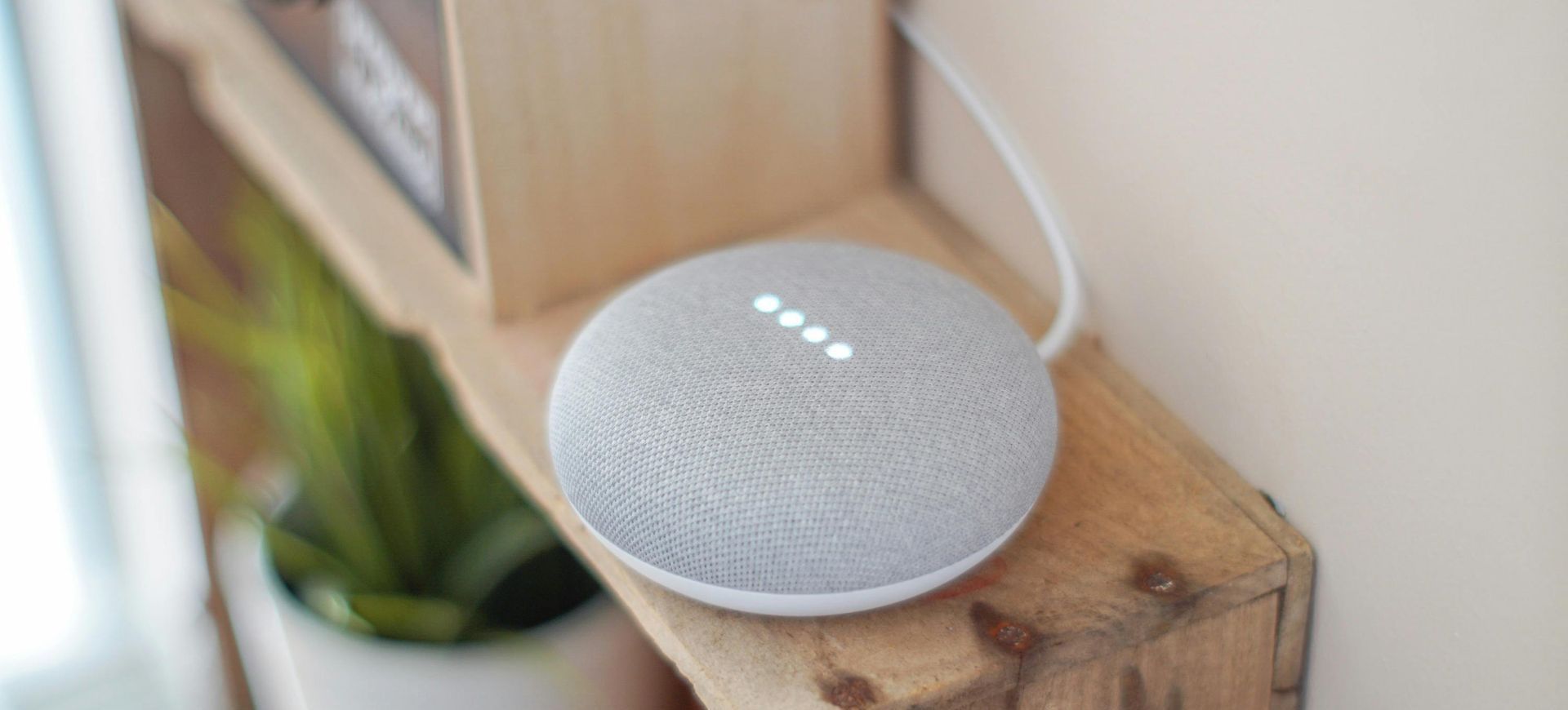
Flex Spaces and Home Offices: Adapting to Remote Work
The shift toward remote work has redefined home design. Flex spaces and dedicated home offices are now must-haves, providing functionality and adaptability.
Versatility for Modern Living
Flex spaces can transition from offices to guest rooms, workout studios, or hobby areas, offering multi-purpose functionality. Thoughtful design includes built-in desks, adjustable shelving, and hidden storage to maintain a clean, organized appearance.
For families, these spaces might serve as homeschooling areas or playrooms, with features that can easily evolve as children grow. The key is flexibility—designing rooms that adapt without requiring costly renovations.
Blending Work and Life Seamlessly
Designers focus on aesthetics and functionality, ensuring workspaces feel integrated rather than separate from the home’s overall design. Soundproofing, natural lighting, ergonomic furniture, and strong Wi-Fi connectivity are all critical for creating productive environments that support work-life balance.
Pet-Friendly Home Features: Catering to Modern Families
Pets are family too, and home designs in 2025 reflect this shift with features tailored to four-legged companions.
Dog Baths
No more muddy paw prints throughout the house—built-in dog baths in mudrooms or laundry areas make cleaning up easy and convenient. These stations often include non-slip surfaces, handheld sprayers, and easy drainage to make bath time stress-free.
Fenced-In Yards and Outdoor Play Areas
Secure outdoor spaces allow pets to roam freely, while shaded areas, pet-friendly landscaping, and even agility courses cater to active lifestyles. Indoor features like built-in feeding stations, pet nooks, and durable, scratch-resistant flooring are also gaining popularity.
Incorporating Multi-Generational Living: Homes with Mother-in-Law Suites
Incorporating multi-generational living spaces, often called accessory dwelling units (ADUs) or mother-in-law suites, is gaining popularity as families seek to stay connected while maintaining independence. These self-contained units offer privacy, comfort, and flexibility, making them ideal for aging parents, young adults returning home, or rental opportunities. With features like private entrances and en-suite bathrooms, homes with mother-in-law suites enhance both family dynamics and property value. Additionally, versatile multi-purpose rooms—designed to function as home offices, gyms, or guest suites—maximize space and adapt to evolving household needs.
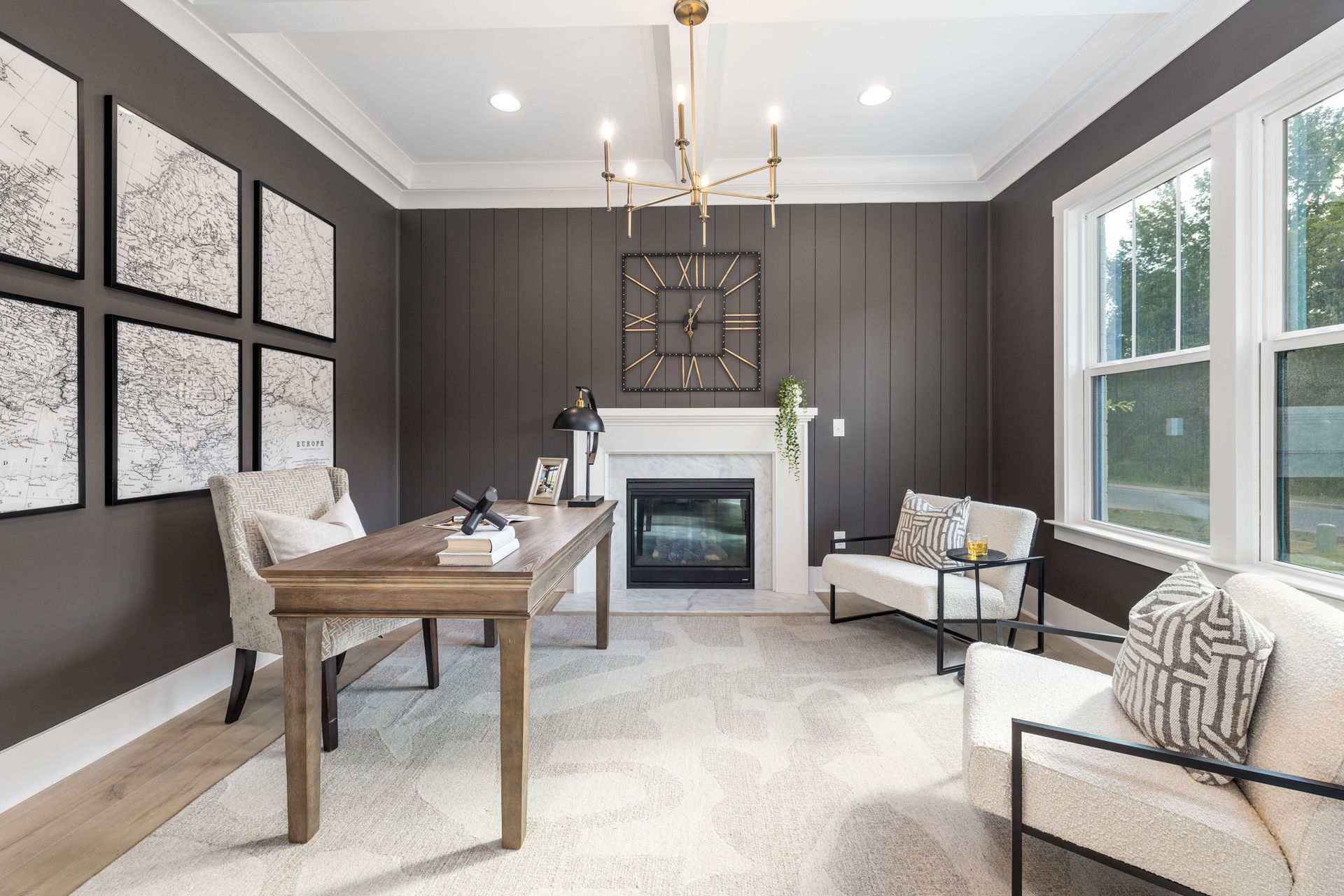
Home Building Is Less About Production and More About U
The world of new home construction is evolving, embracing trends that reflect our deepest needs and aspirations. These shifts highlight the importance of thoughtful design, sustainable practices, and flexible living spaces. Homes are transforming into dynamic environments that support modern lifestyles and foster meaningful connections.
At the forefront of this evolution is True Homes, leading the charge with floorplans that are not only innovative but also highly customizable. True Homes understands that no two homeowners are the same, which is why they offer personalized options that cater to your unique lifestyle, preferences, and future needs. Their dedication to quality craftsmanship, energy efficiency, and thoughtful design sets them apart as a leader in the industry.
As we move forward, the commitment to creating spaces that inspire, nurture, and adapt will guide the future of homebuilding. The trends we adopt today will forge paths to a brighter, more sustainable tomorrow. Embracing these changes ensures our homes will continue to enrich lives for generations to come.
Stay tuned for our guide to 2025 design trends – coming soon!
Read more from our blog:
